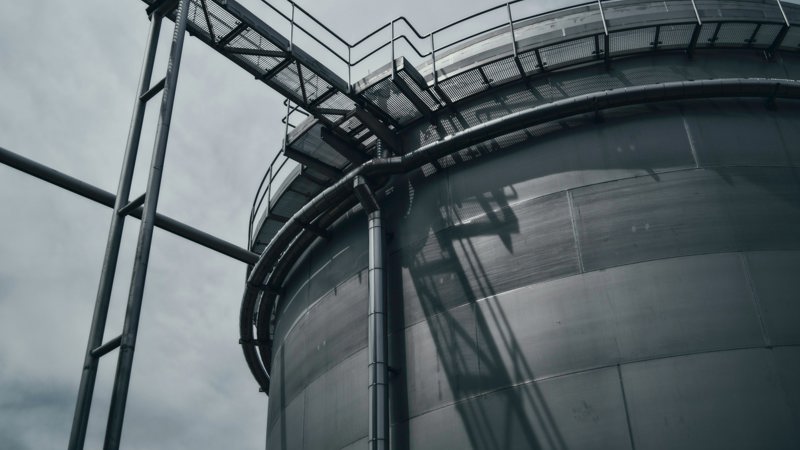
The German “Dezernat Zukunft” has commissioned Frontier and IW Consult to analyse the impact of global cost differences for renewable energies on the competitiveness of energy-intensive industries in Germany on their way towards climate neutrality.
Our interim report was published today. The full study is planned for June 2023.
Comparative analysis of energy and transport costs
The interim report analyses international energy costs and provides a comparison between a future production of industrial basic materials (steel, aluminium, ammonia, HVC) in Germany with the energy and transport costs associated with the import of foreign products, or intermediate products, respectively. As a second and third step, we will analyse the potential impact of the energy cost differences on industrial value chains in Germany and the purchasing decisions of downstream buyers.
- An international comparison of renewable energies’ production and transport costs of renewable energies shows the following:
- In 2045, production costs for volatile electricity (LCOE) without considering the opportunity costs in Germany in 2045 will be up to twice as high as those of the cheapest comparison locations, the production costs for hydrogen (LCOH) will be up to 65% higher.
- The constant energy supply required for the climate-neutral production of industrial feedstocks is highly dependent on seasonality and storage costs. Germany benefits from existing storage infrastructure and comparatively low capital costs, but disadvantages of low full-load hours outweigh the advantages. Locations with high full load hours, cheap storage options and low capital costs have a clear advantage in an international comparison.
- Hydrogen import costs in Germany depend on the respective route (via pipeline or ship) and the form of the hydrogen (pure hydrogen or hydrogen derivatives). When using pure hydrogen, ship imports are not cost-effective. This changes with the direct use of readily transportable hydrogen derivatives (such as ammonia or methanol).
Impact on industrial value chains
Looking at the various relocation scenarios for the value chains of the primary production of basic materials (aluminium, high-value chemicals (olefins), ammonia and steel), we find that the cost advantage of foreign countries increases with each step further along the value chain.
- In the case of aluminum, energy costs for domestic production are around 80 percent higher than the cheapest location (including transport).
- The energy cost premium of the domestic production of high-value chemicals/olefins compared to imports from the cheapest location is almost 50 percent. Domestic production using an imported intermediate product (methanol) is also similarly advantageous. Domestic production with imported hydrogen is not competitive.
- The cost premium of ammonia production in Germany compared to foreign production is about 30 percent. Importing ammonia is cheaper than producing ammonia with imported hydrogen.
- Complete outsourcing of crude steel production is the most cost-efficient route in comparison. However, the energy cost surcharge for domestic production is only 25 percent in the best case. Crude steelmaking with imported intermediate product (DRI) also offers cost advantages. Domestic production with imported hydrogen is more expensive than "all-domestic" production (without taking into account opportunity costs in H2 use due to limited generation potential).
Advantages of domestic production
The advantages of domestic production (e.g. economies of scope, quality, local networking) should be weighed against the energy cost disadvantages. Expert interviews and recent developments indicate that there is a wide range of industry response options between a full relocation of production and everything staying as it is.
For more information, please contact media@frontier-economics.com or call +44 (0) 20 7031 7000.










